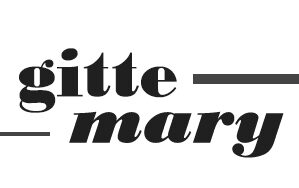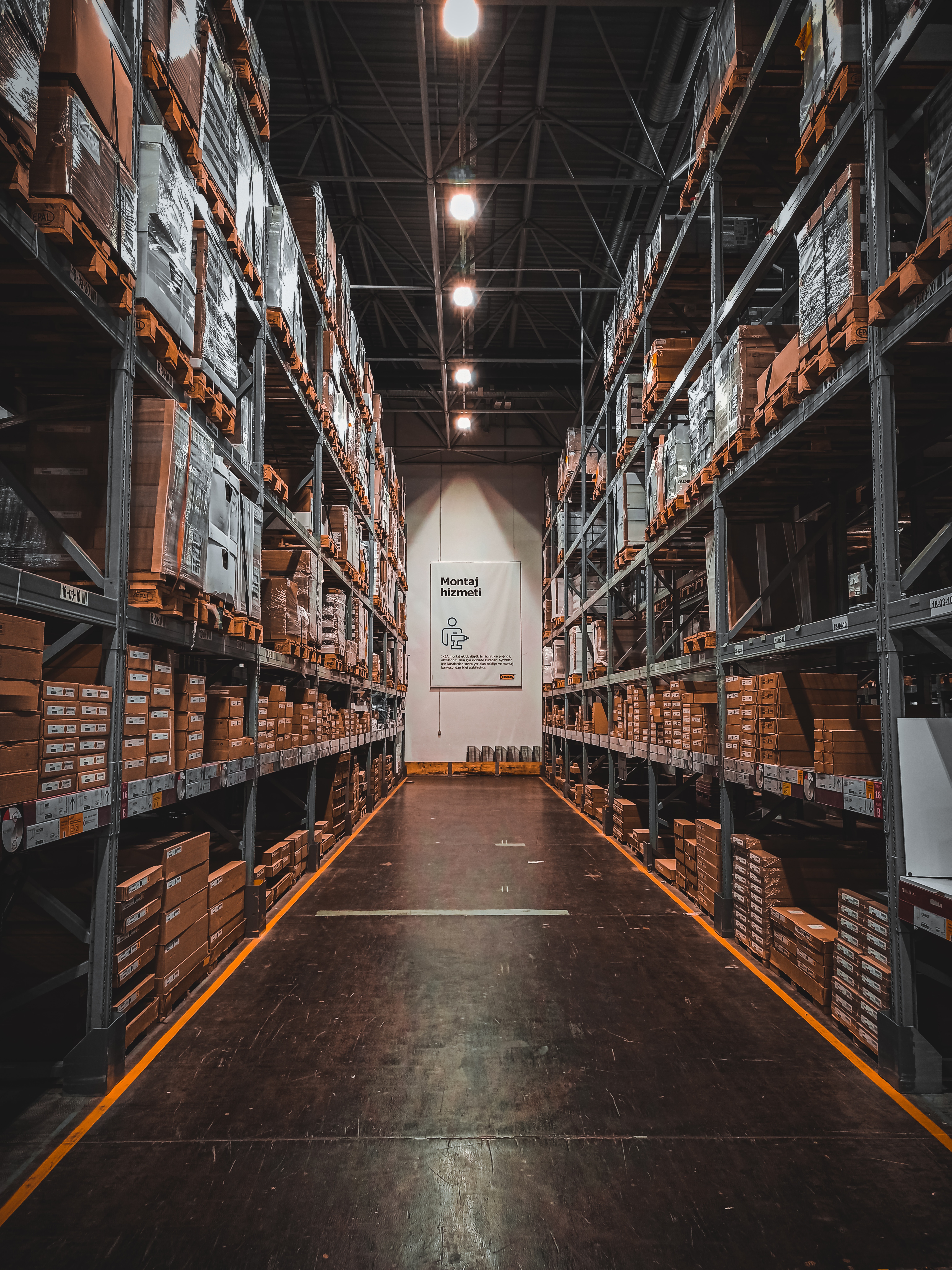Whenever we think of furniture today, we think of Ikea, this Swedish brand has created a business model that enables people all over the world to purchase cheap and aesthetically pleasing furniture and home accessories. Ikea has over 400 stores worldwide, roughly 170,000 employees, and 915 million customers every year. Furthermore, Ikea’s sales revenue is exceeding 34, 2 billion euros, and with these frankly ridiculous numbers it is only fair to wonder – can Ikea ever be sustainable?

Ikea’s sustainability initiatives
Now, I’ll actually start this video by pointing towards some of the good initiatives put forward by Ikea in recent years – before we get into the dirty stuff. For instance, in 2020 Ikea published their “People and the Planet outline, documenting their sustainability strategy. These are some of the highlights:
- Sourcing 100% of Ikea’s wood, paper, and cardboard from “more sustainable sources”, defined as recycled or FSC certified wood
- Using cotton sourced from “more sustainable” sources, such as Better Cotton.
- 90% of Ikea’s products will be “more sustainable” with substantiated environmental improvements
- As a global business, Ikea should produce as much renewable energy and it consumes
- Ikea has also introduced several plant-based options in their cafeterias and continue to have a strong focus on food waste
- Ikea is also looking to minimize plastic as well as other types of packaging
The problem with cheap products
How I am still not sold on shopping at Ikea, because I am still left with one super important question: how can a company be sustainable if its main values are focused on producing cheap products? This is what Ikea Australia’s Dr. Kate Ringvall says about IKEAs sustainability vision:
“At Ikea we make products with sustainability at their heart and we sell at a price that puts them well within the reach of the many people, and that’s really one of our goals. We call this ‘democratic design’, it’s that clever combination of form, function, quality, and sustainability all at a low price, and it helps all of us, including our co-workers, live a more sustainable life at home.”
From personal experience, and from witnessing it every single day where I live, there is a tendency to not value items as much as we should when we bought them at a very low price. I see people discarding Ikea furniture every day in my neighborhood, perfectly good, functional, and nice looking furniture, but the inconvenience of disassembling them, or even moving them outweighs the attachment to the item – most likely because it did not cost anything to produce.
I do agree there is a severe difference between fast fashion and fast furniture, absolutely. We tend to use furniture for longer than we use clothes, generally. At least that is my impression, but I also have a feeling that many of us are just as likely to not repair broken home accessories or furniture as we are broken clothes. The low price of the items at Ikea is explained by this global and widespread availability, that everyone should be able to shop at Ikea, but at the same time, the business model also has a build-in returning customer aspect, and it seems unlikely that this is not a very central and conscious part of Ikeas business model (especially considering that their warehouses are designed to make us buy more, and stay longer) and that type of business model will inherently be unsustainable because it thrives on overconsumption.
also check out: THE IMPACT OF FAST FASHION

Sustainability claims of IKEA (kinda debunked)
Okay, so I want to return the People and the Planet outline from the beginning of the video because there is definitely some stuff we need to talk about. First of all, Ikea uses rhetoric that is bordering on greenwashing when they claim “more sustainable” materials and practices are being used. It sounds so great, but it does not necessarily tell us a whole lot about what is actually happening. To say it’s a lie might be a little too much because from what I can see, there are actually doing some good stuff, but the claim that “more sustainable” materials are being used is too easy for me. It is generally a notion told to consumers all the time, sometimes it’s even just a lie, and it is so easy because we desperately want to believe, and in the meantime, we forgot to ask the pressing questions: “how”? We really shouldn’t settle for less.
also check out: ECO CERTIFICATION GUIDE (pt 1)
Another thing we can address is Ikea’s use of FSC certified wood, which sounds great, but is definitely not perfect. A report from Earthsight showed that the sourcing of wood for IKEA furniture, although FSC certified, was linked to illegal timber in Ukraine.
Ikea’s work with Better Cotton is also a bit more complicated than it appears. First of all, Ikea was one of the founding forces of Better Cotton at the beginning of the 2000s along with WWF, Adidas, and H&M. Better Cotton is furthermore technically used as a certificate, however, it does not actually ensure more sustainable products. Rather it is an organization that provides guidance and training for manufacturers and farmers. It is for sure a good initiative, and a great step along the way, but still choosing a Better Cotton product does not guarantee full supply chain sustainability, not like GOTS certified cotton. With a company as big as Ikea, which is estimated to use about 1% of all cotton produced in the world, I think they can do better.
also check out: THE IMPACT OF COTTON

IKEAs circular designs and second-hand ambitions
Ikea has made great strides in terms of rethinking circular designs, energy, and “lower-impact” products. 98% of the packaging Ikea uses is made from recycled materials. And they have a series of kitchen fronts made from post-consumer PET waste. Since 2017 Ikea says on their website that they are working on designing all their products to be repurposed, repaired, reused, resold, or recycled, an ambition that they see completed by 2030. Here are some of the ways it is done:
- Ikea is offering spare parts and fitting to encourage the consumer to reuse their products, they aim to enable second-hand markets with their buy-back service, or furniture leasing – these options are not available in every store btw, but still on trial in some markets
- I really like what Ikea is doing in terms of these “leftover” markets, which I have seen in several stores myself. These markets have discounted items because they have small cosmetic errors because they have been used as store displays because they are second hand etc – here you can also find spare parts. This is a great idea, and honestly, I wish other types of stores would do this – image clothing stores doing this, omg, the amount of waste it would save
- Ikea is offering refurbishment and maintenance up-keep of furniture to make them last longer ( I myself has not been able to find anything about this service, so maybe that is not available everywhere either)
- Ikea is making the assembly and the disassembly easier to encourage customers to take the furniture apart and recycle it – they also take usable parts of dismantled products and use it in new products
But there is still room for improvement. IKEA managed to recycle just 1% of total wood used in 2017, indicating a long way to go to achieve its 2020 target of 30% (which I couldn’t find any updates on btw). Slow progress has made been in the area of plastics, with Ikea admitting it is not on track to ensure all plastic material used in its home furnishing products will be 100% renewable and/or recycled by August 2020.

So does the pros outweigh the cons?
Is Ikea the absolute worst company? No, I don’t think so, in terms of big billion-dollar corporations, they are certainly not the worst of the bunch. It does not mean that I want to buy from them though, and that is because of one very specific reason – because I have the privilege to choose otherwise, so I do. I have an incredible thrift store in my area, and as you have seen in my vlogs, they have just about everything. I also have second-hand apps, and a Facebook marketplace to look for pre-loved furniture and home décor, so I choose those options. (I do have second hand Ikea furniture that I have thrifted however)
I don’t think the premise of their business model can be aligned perfectly with sustainability, they’re just opposite forces – so it’s kinda like trying to conceal an ugly cake with frosting lol. Due to the sheer amount of resources they use, the sheer amount of stores they have, and the sheer amount of products they launch, it is basically impossible to produce items on that scale and still have them be sustainable – especially so when your business model is also based on making cheap products.
Now that I have the option to not buy new furniture, I don’t have to. Furthermore, some of the old pieces of furniture that I own will without a doubt outlive me. Which I think is a whole other aspect of my decision-making. Ikea has for sure tried to up some of the products in terms of quality, but it is still nowhere near some of the pieces I own from the ’60s and 70’s – it’s just built differently. Furthermore, even with Ikeas ambitions, I don’t think there is a way where people will stop throwing away cheap furniture, where people won’t just discard once they grow tired of it and thus want to replace it with never trendy looking pieces. Which, btw, once again, is also a part of Ikeas business model. When you launch new products as often as they do, your business is counting on overconsumption, just like with fashion trends.
also check out: MY SECOND HAND HOME TOUR
Do I think you’re a terrible person for buying Ikea? No. I don’t think you’re a terrible person if you have to depend on the options that have been made available to do. But I do think that it is important that we reassess how much convenience has to matter for us. If you have the option to browse second-hand stores and check out the Facebook marketplace, then do that before going to Ikea. If you have the option to scout flea markets and repair some at home before going to Ikea, then do that. Or if you have the option to buy from smaller companies and produce products more locally and on a smaller scale, then do that before going to Ikea.





